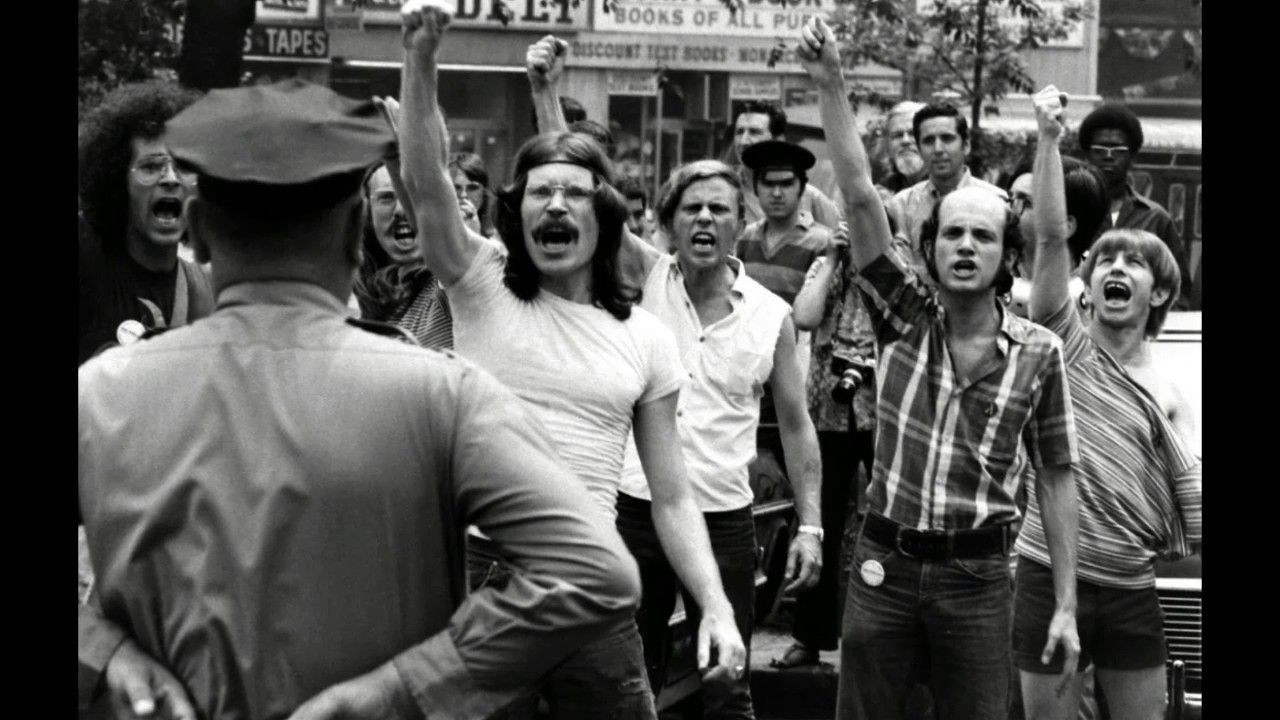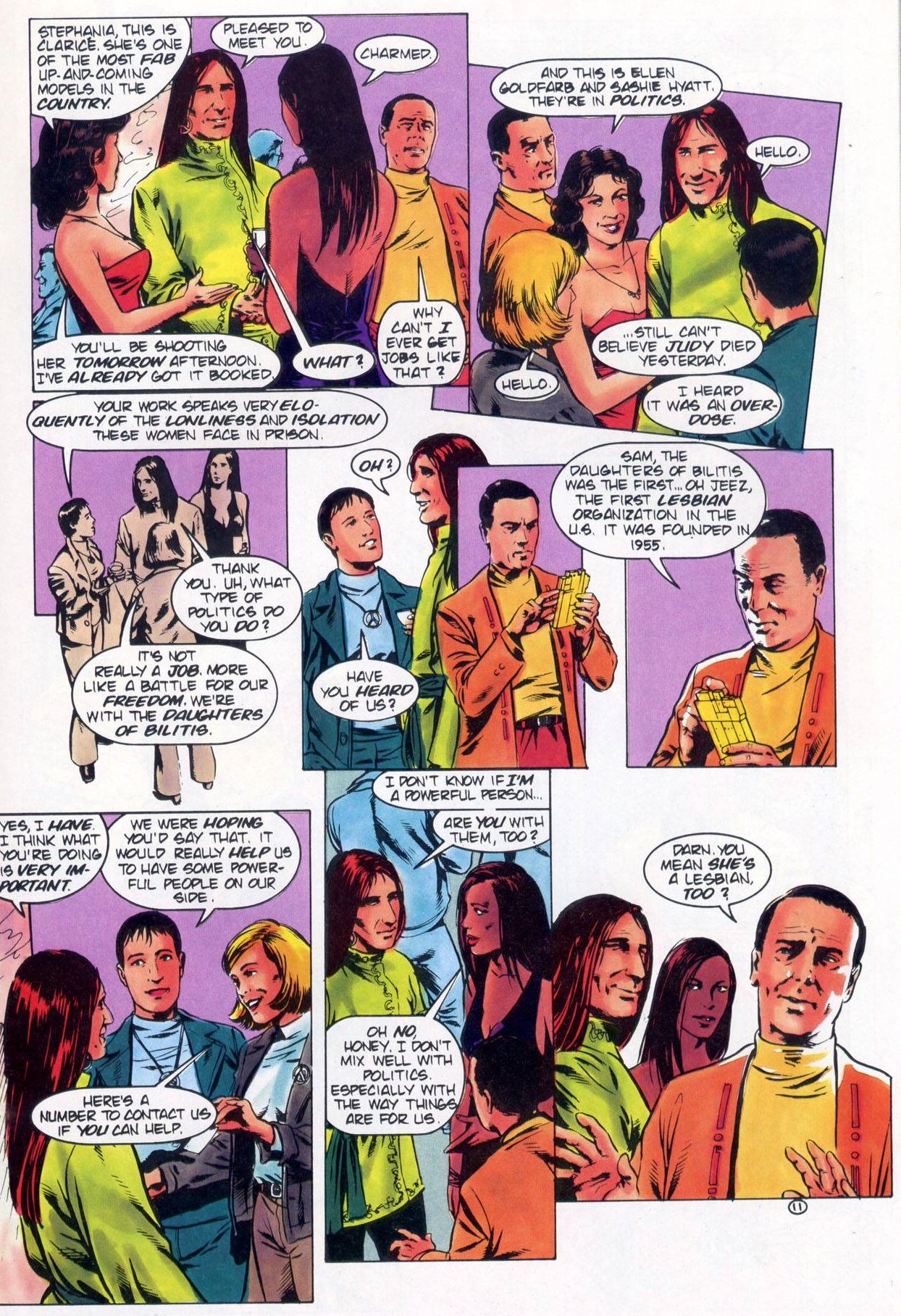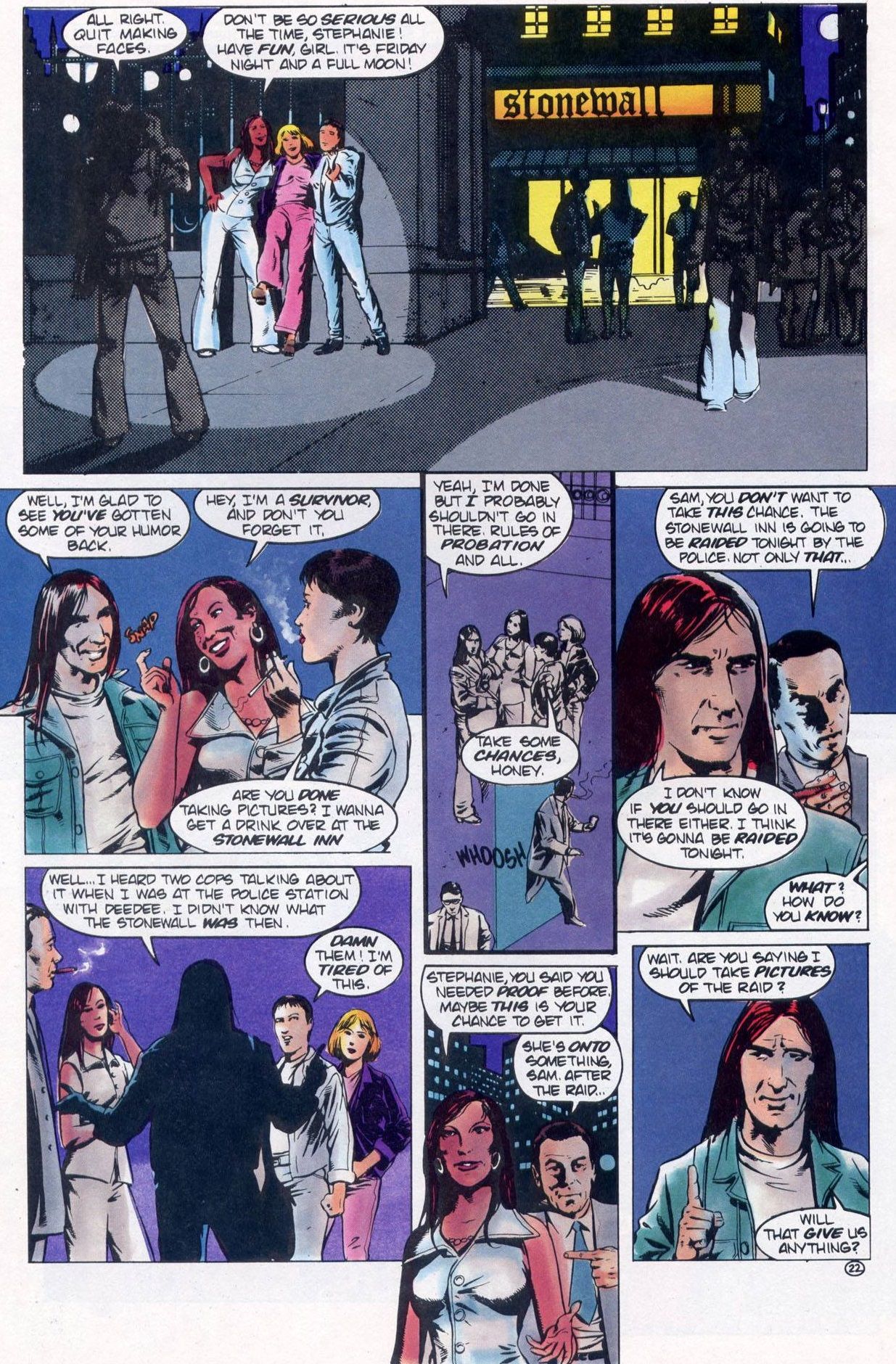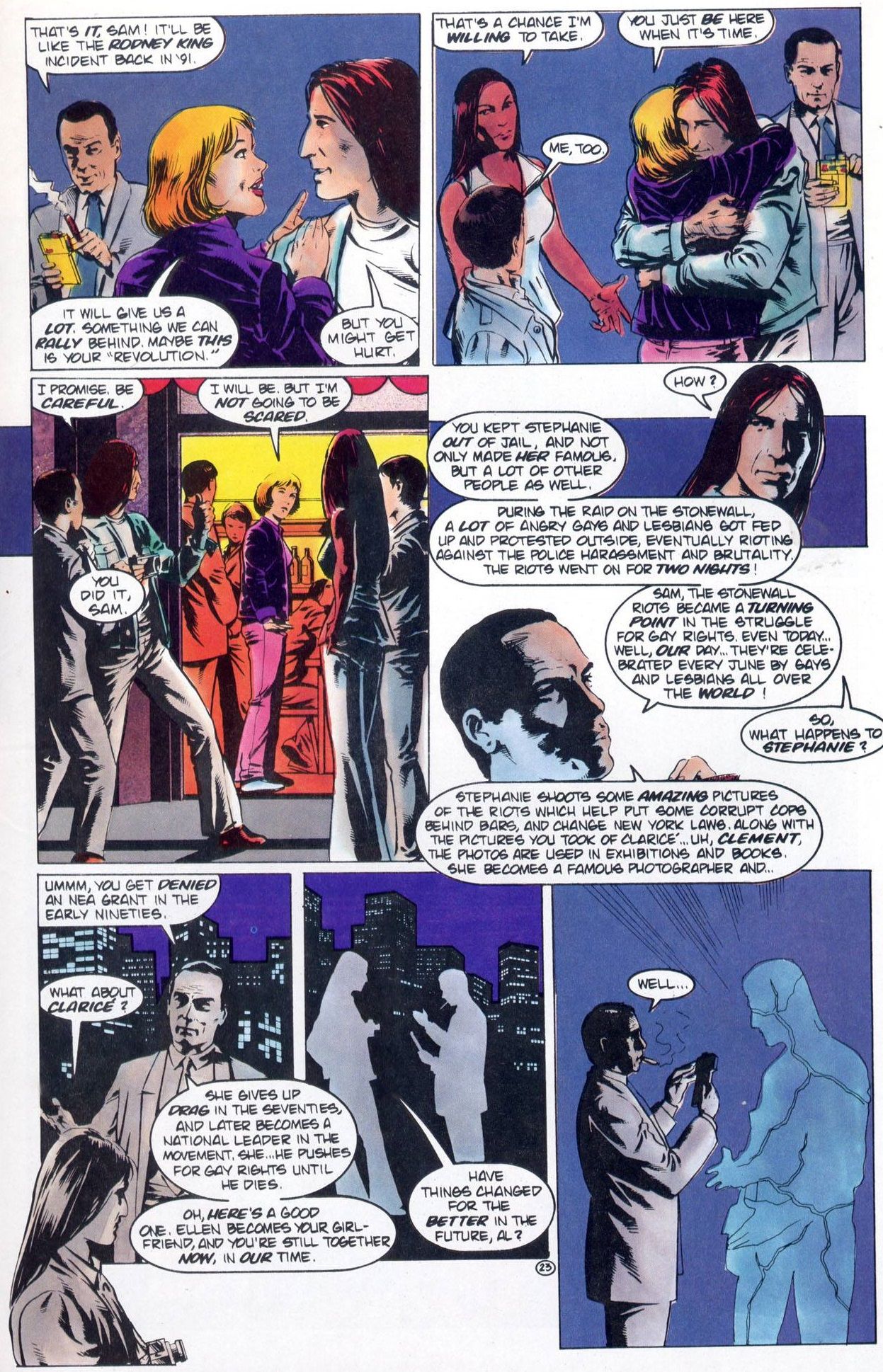
Today, we look at how it took a Quantum Leap comic book in the 1990s to finally depict the Stonewall Riots in a mainstream comic book.
This is a feature called "Nothing is Better," where I spotlight aspects of classic comic books that have particularly impressed me.
A few months ago, I wrote about 1992's Quantum Leap #9, by writer Andy Mangels and artist Mike Deodato. In that comic book, I wrote specifically about how Mangels wrote the comic book to address an earlier episode of the Quantum Leap TV series (where a man "leaps" into people's lives throughout history to fix things that went wrong in the original timeline) that depicted the first gay character on the show as a killer who murders her girlfriend for leaving her for a man. So Mangels wrote a story with Sam Beckett leaping into that woman's life after she was released from prison and gives the character a redemption story. However, Mangels also chose this issue to finally have a comic book address the Stonewall Riots.
I will let Andy set the scene, from his excellent essay that opened up the issue:
Saturday, June 28, 1969, 3 am...
The Stonewall Inn in New York's Greenwich Village is raided by police expecting their weekly pay-off and eager to bust heads of the assorted Queens, fruits, drag queens and leather types. When they arrest several, others outside the bar decide that enough is enough. The collective anger over entrapment, gay-bashing and bigotry boils to a head, sparking a three day riot in the Village.

Out of the Stonewall riots came a focus for the newer generation of Gays and Lesbians who were coming out. Though older "homophile" groups like the Mattachine Society, were trying to change things discreetly, from within the system, many of the young, newly transformed Gay activists wanted more direct action.
They formed the Gay Liberation Front, a group which differed from other gay groups "in our realization that homosexual oppression is part of all oppression. We are denied our basic humanity by the same system that oppresses blacks, women and other minorities. We believe that our liberation is tied to the liberation of all people and that we must therefore seize the time and demand our rights now!"
As noted last time, Stephanie has continued to be an excellent photographer while in prison and has now become a bit of a sensation in the art world for her depiction of prison life. A wealthy benefactor then brings her to New York City, making Stephanie's original dream from the earlier episode come true. She is then re-branded as "Stephania" and becomes a bit of a minor celebrity. At a party celebrating her arrival in New York City, she meets a bunch of fictional people and few real life people, including Andy Warhol and Sashie Hyatt, a late friend of Mangels who was at the actual Stonewall Riots back in 1969 (Mangels co-dedicated the issue to her).

Sam-as-Stephanie meets a beautiful young trans model named Clarice. Clarice is later badly beaten in a police raid of a gay bar...

Later, Sam gets to show off his fighting skills when he/Stephanie and some friends are accosted by some jerks looking to beat up some gay people. Sam kicks their collective butt, and has to quickly play off his fighting skills as something that Stephanie picked up while in prison.
In the original history, Stephanie was arrested at Stonewall and her parole was violated. So Sam has to prevent that from happening, but at the same time, Sam can't just leave his/Stephanie's friends to get attacked by the cops without doing SOMETHING, so instead, Sam comes up with a clever idea. Knowing that there will be people fighting back that night, Sam/Stephanie volunteers to take photographs of the riot to help publicize the situation...

Al references the then-recent video footage of the Rodney King beating by Los Angeles police officers that inspired protests in 1991 and tells Sam that it would be a good idea. As it turns out, that is enough for Sam to leap, as Al fills in Sam that Stephanie's photos of the Stonewall Riots were well received and helped get the word out to the world of what the LGBTQ community was dealing with at the time. However, Mangels cleverly added in a bit where Sam asks Al if things have improved in the future and Al is non-committal...

When I first wrote about this issue, I lightly edited Mangels' essay to cut out the parts about Stonewall because I was going to cover it now, so let me share you the unedited ending of Mangels' powerful essay introducing the comic:
Part of Sam's stated mission on the series is "to put right what once went wrong." This issue's story is about the pain and the bravery and the anger and the happiness and the despair... and the hope behind a group of people's struggle for acceptance and equal civil rights.
Sometimes that struggle is a small one between two people. In 1969, it was between the police and a group of people at the Stonewall Inn. On April 25, 1993, it will be a struggle between millions of Gays and Lesbians and their supporters at the 1993 March On Washington in our nation's capitol.
This issue has been my way of helping "put right what once went wrong." Now it's your turn. Be accepting. Nurture and honor diversity. Do unto your neighbor as you would have done unto you.
Put right what once went wrong.
Excellent work from Mangels. He not only righted the wrong of the earlier episode but got an important piece of American history into a comic book for the first time. It was a job well done (and Mike Deodato drew the heck out of it).
Okay, folks, this is a feature that is a BIT less conducive to suggestions (as it really is about stuff that speaks to me, ya know?), but hey, feel free to still send suggestions for future installments, to brianc@cbr.com! Maybe you and I have the same take on things and I'll use your idea!
0 Comments